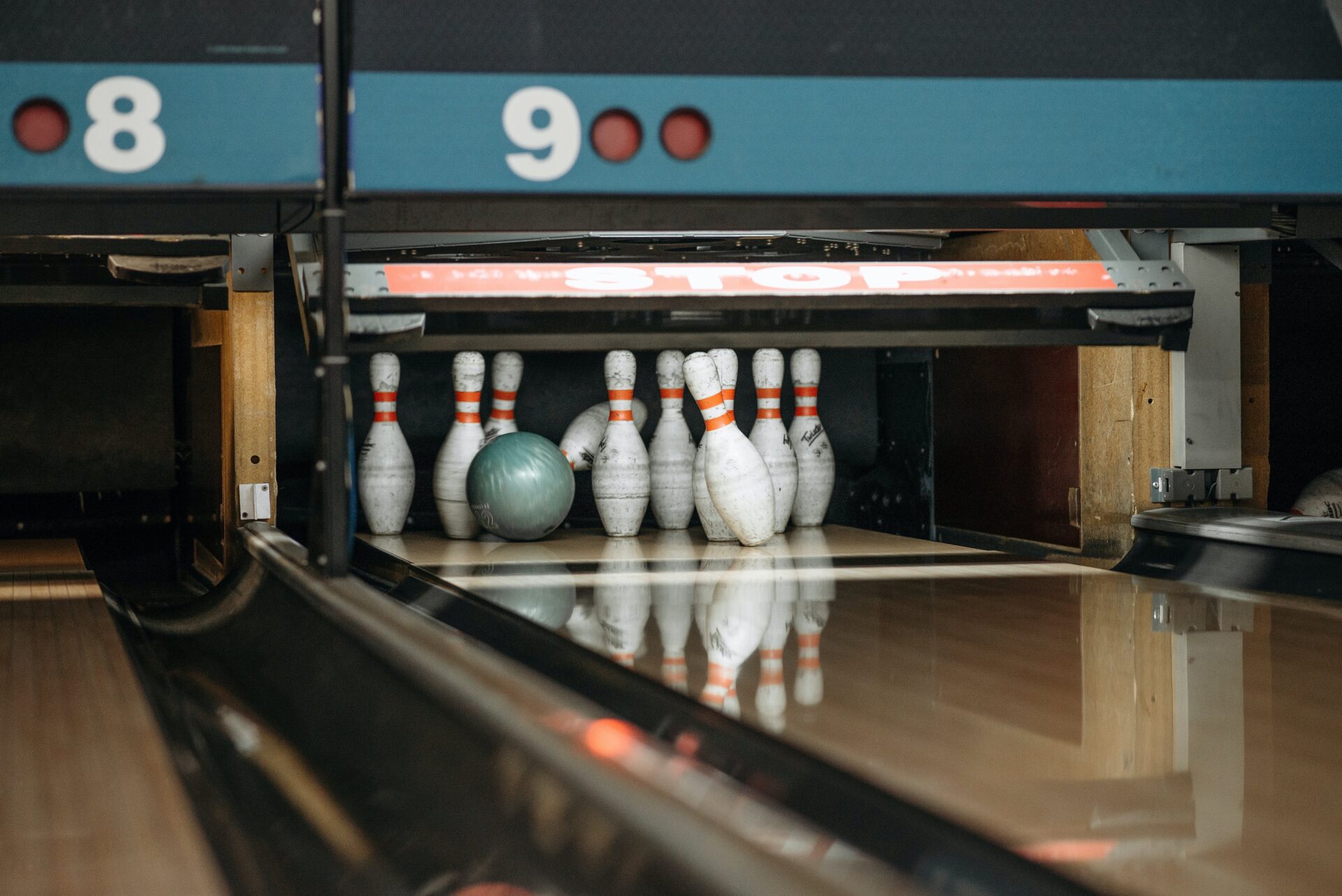A loose-ball-foul-nba/” title=”What Is A Loose Ball Foul Nba”>loose ball foul is a basketball penalty that occurs when a player attempts to gain possession of the ball while it is not in the hands of either team. This contact can occur when two players are going for the same ball or one player is trying to take the ball away from another player. The penalty for a loose ball foul is usually a free throw for the other team and possession of the ball.A loose ball foul is a basketball foul that occurs when a player illegally contacts an opponent while both players are competing for a loose ball—a ball not in the control of any player. This type of foul occurs when players jostle each other while trying to gain possession of the ball or when one player makes illegal contact with an opponent while attempting to block or intercept a pass.
Definition of a Loose Ball Foul
A loose ball foul is a foul that occurs when two players are battling for a loose ball. This type of foul can occur in any basketball game, from the professional level to the youth level. In most cases, the player who committed the foul is charged with a personal or technical foul.
Essentially, a loose ball foul occurs when one player makes contact with another player while both are trying to gain control of the ball. It can take many forms, such as pushing, holding, or tripping. The specific type of contact determines the type of foul and whether it is penalized with a personal or technical foul.
In most cases, referees have to make an immediate judgment call as to whether contact was made in an attempt to gain control of the ball and whether it was intentional or incidental. They also have to decide if the contact violated any rules and warrants being called as a loose ball foul.
It is important for players and referees alike to understand what constitutes a loose ball foul so they can ensure that games are fair and that all participants abide by the rules of play. Players should be aware that any contact made while trying to gain control of the ball could be considered a loose ball foul and could result in an ejection from the game if it is deemed intentional.
Referees should also be aware of how their decisions can affect the outcome of games and should make sure they are taking into account all factors before making such calls. Additionally, they should have an understanding of how each league’s rules on these types of infractions vary so they can ensure they are making accurate calls in every situation.
Who Can Commit A Loose Ball Foul?
In basketball, a loose ball foul is a personal foul that is committed while the ball is not in control of either team. This type of foul can be committed by any player on either team regardless of their position. The most common type of loose ball foul is called a reach-in, which occurs when a player tries to steal or deflect the ball away from an opponent without making contact with them. Other examples of loose ball fouls include pushing off, taking illegal steps, and blocking.
When a loose ball foul is committed, the player who committed the foul will be assessed with one personal foul and the opposing team will be awarded possession of the ball. If the player who commits the loose ball foul has five personal fouls, they will be disqualified from the game.
Loose ball fouls can occur at any time during the game and are often difficult to identify as they occur quickly and without warning. For this reason, it is important for players to pay close attention to their opponents’ body position and movements in order to avoid committing this type of foul. Additionally, referees must be vigilant in monitoring all players in order to identify any potential loose ball fouls before they occur.
Overall, loosballfouls can occur by any player on either team at any time during a basketball game. It is important for players to pay attention to their opponents’ movements and for referees to keep an eye out for potential violations in order to ensure that all games are played fairly and safely.
Penalty For A Loose Ball Foul
A loose ball foul is a common violation in basketball. It occurs when a player illegally touches the ball while it is in the air, or when a player illegally contacts an opposing player. The penalty for a loose ball foul is determined by the severity of the contact and the rules of the game.
If the contact is deemed to be minor, such as pushing or holding an opponent, then a personal foul may be called. This results in one free throw for the offended team and possession of the ball for that team. On the other hand, if the contact is deemed to be more severe, such as tripping or elbowing an opponent, then a technical foul may be called. This results in two free throws for the offended team and possession of the ball for that team.
In addition to these penalties, players are also subject to fines and suspensions if they commit multiple loose ball fouls during a game. These fines can range from small amounts to large amounts depending on how often they commit this type of violation. Suspensions are usually given when players consistently violate rules or break sportsmanship codes by engaging in physical confrontations with their opponents.
Overall, penalties for loose ball fouls are determined by how serious the violation was and what rules were broken during play. Teams who have players who constantly break these rules can expect to face harsher punishments than those who do not commit as many violations throughout their season.
Common Examples Of A Loose Ball Foul
A loose ball foul is a type of penalty given to a player for illegal contact on an opponent while the ball is not in either team’s possession. Common examples of a loose ball foul include pushing, tripping, elbowing, and charging. Pushing is when a player uses his hands or body to push an opponent away from the ball. Tripping occurs when a player uses his foot or leg to trip an opponent as he attempts to gain possession of the ball. Elbowing involves using an elbow to hit or impede the progress of an opposing player. Charging occurs when a player takes more than two steps or jumps into another player’s body with no reasonable effort to stop or alter direction. All these examples are considered illegal contact and may result in the awarding of a loose ball foul.

How To Avoid Committing A Loose Ball Foul
In basketball, a loose ball foul is called when a player makes contact with an opposing player in an effort to gain control of a loose ball. This can happen when two players are vying for possession of a rebound or loose ball. It is important to know how to avoid committing a loose ball foul so you can stay out of foul trouble and put your team in the best possible position to win.
One way to avoid committing a loose ball foul is by playing the ball and not the player. In other words, focus on going for the ball rather than making contact with the opposing player as you go for it. This means that if you are both going for the same rebound, you should try to block out your opponent and box them out so that you can get to the ball first without having to make contact with them.
Another way to avoid committing a loose ball foul is by being aware of your body position. When going for a rebound or loose ball, keep your arms down and away from the other player so that they do not get pushed or hit in any way. If another player is coming from behind you, turn your body away from them so that they cannot make contact with you while reaching for the ball.
Finally, being aware of your surroundings is also important in avoiding committing a loose ball foul. If there are multiple players around the same area going after the same rebound or loose ball, be mindful of where they are and how close they are so that you can adjust accordingly and make sure that there will be no contact between yourself and another player as you go after it.
By following these tips, players can stay out of foul trouble by avoiding committing a loose ball foul during games. By focusing on playing the ball instead of making contact with another player, being aware of body positioning when going after rebounds and loose balls, and being mindful of their surroundings, players can ensure that their team will have every opportunity to succeed on offense and defense without risking getting into any unnecessary foul trouble during games.
Determining a Loose Ball Foul
In basketball, a loose ball foul is when contact is made between two players while they are both going for the same loose ball. Referees must determine if the contact was intentional or not, as this will determine whether or not it is considered a foul. When the referee makes their decision, they will take into account the following factors:
Intent
The first factor that the referee will consider is intent. If one player makes contact with another while going for the loose ball, then it must be determined if the contact was intentional or not. If it was intentional, then a foul will be called. However, if it was unintentional, then no foul will be called.
Location and Force of Contact
The next factor that the referee will consider is the location and force of contact between two players. If one player makes contact with another in an area that could potentially lead to injury, such as a head or neck area, then a foul may be called regardless of intent. Additionally, if the force of contact is excessive and could lead to injury then a foul may also be called regardless of intent.
Positioning
The final factor that the referee will consider is positioning. If one player has better positioning than another for the loose ball then no foul should be called even if there was some level of contact made between them. The player who had better positioning has an advantage over their opponent and should not be penalized for this advantage by having a foul called against them.
Ultimately, referees must use their discretion when determining whether or not a loose ball foul has occurred in basketball games. By taking into account factors such as intent, location and force of contact, and positioning they can make an informed decision as to whether or not there has been any wrongdoing on behalf of either player involved in the situation.
Loose Ball Foul
A loose ball foul is a type of personal foul in basketball, which occurs when a player makes contact with an opposing player while trying to gain control of the ball. This type of foul is commonly seen during rebounding situations, as players attempt to gain possession of the ball. Players are allowed to use their hands and arms to battle for the ball, but any contact that goes beyond what is reasonable can result in a loose ball foul.
In terms of penalties, the player who commits the loose ball foul will be charged with one free throw for the opposing team. Additionally, if the player was within six feet of their opponent when they committed the foul, they may be assessed a technical foul as well. The technical foul comes with two additional free throws and possession of the ball for the opposing team.
In terms of what constitutes a loose ball foul, it is important to note that any contact made while trying to gain possession of a loose ball can result in this type of penalty. This includes pushing, holding, and any other physical contact used by one player against another that goes beyond what is reasonable. It is also important to note that referees have some discretion in determining whether or not a loose ball foul has occurred; if they feel that contact was excessive or unnecessary, they may choose to blow their whistle and call a personal foul on the offending player.
Overall, understanding basketball rules related to loose ball fouls is essential for players and referees alike. When players understand how these rules work and what constitutes excessive contact during rebounding situations, they can avoid committing unnecessary penalties on the court. Similarly, referees can use their discretion when making decisions regarding potential violations so that games are fair for both teams involved.

Conclusion
A loose ball foul is a type of basketball foul that occurs when a player illegally makes contact with an opponent while the ball is still loose or not in possession of either team. It is important for players to be aware of the rules and regulations surrounding this type of foul, as it can lead to costly penalties and suspensions. The main purpose of this rule is to maintain safety on the court and ensure that players can play without fear of physical harm.
Understanding what constitutes a loose ball foul is key to becoming a better basketball player. By following the rules and respecting the opponents, players can make sure that their games are safe and enjoyable for everyone involved. With this knowledge, players can also gain an advantage over their opponents by making sure they are not violating any rules during play.
In summary, loose ball fouls are an important part of basketball and can lead to serious consequences if violated. It is important for all players to understand what counts as a violation so that they can protect themselves from penalties and maintain safety on the court.




